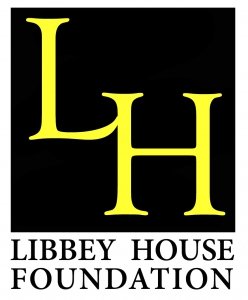The Edward D. Libbey House is a National Historic Landmark at 2008 Scottwood Avenue in Toledo, Ohio. Built in 1895, it was the home of Edward Drummond Libbey (1854-1925), a businessman who revolutionized the glassmaking industry in the United States. It was designated as a National Historic Landmark in 1983. It is now owned by a non-profit public charity dedicated to its preservation.

